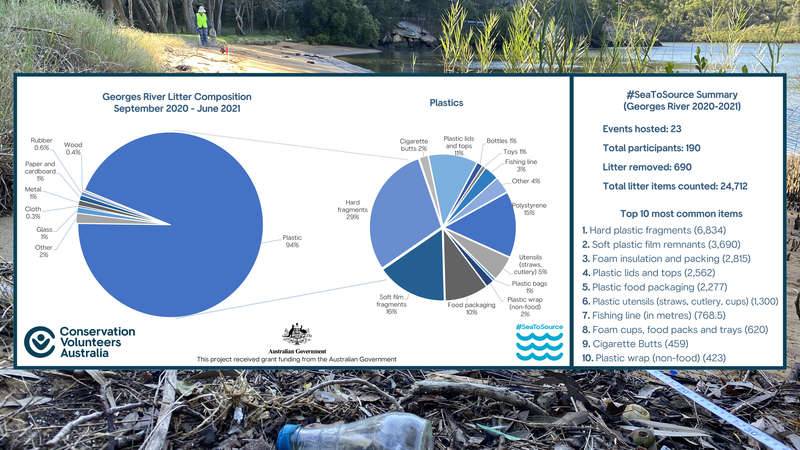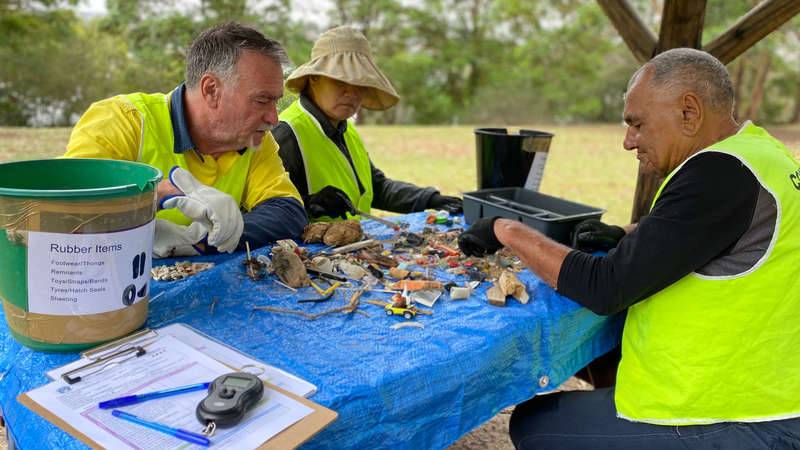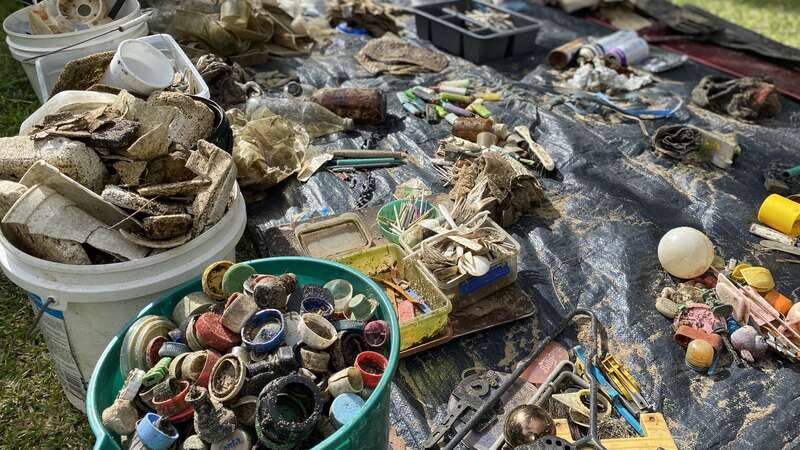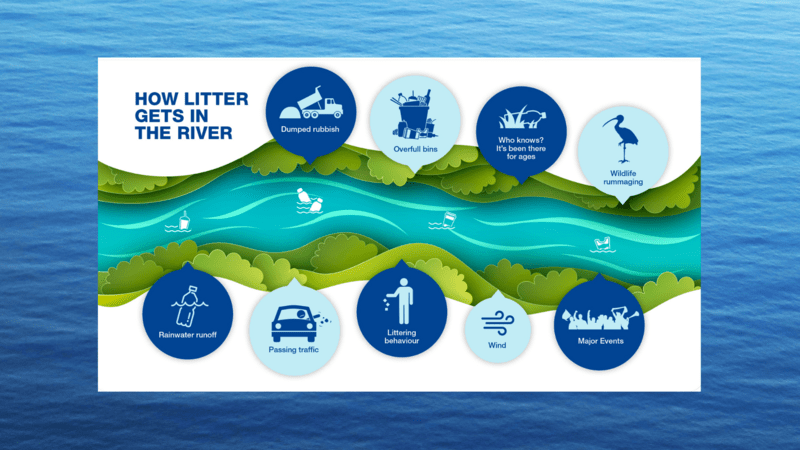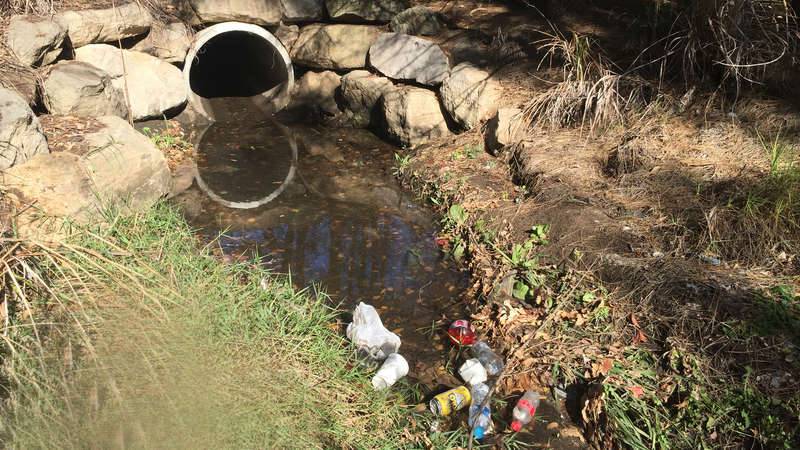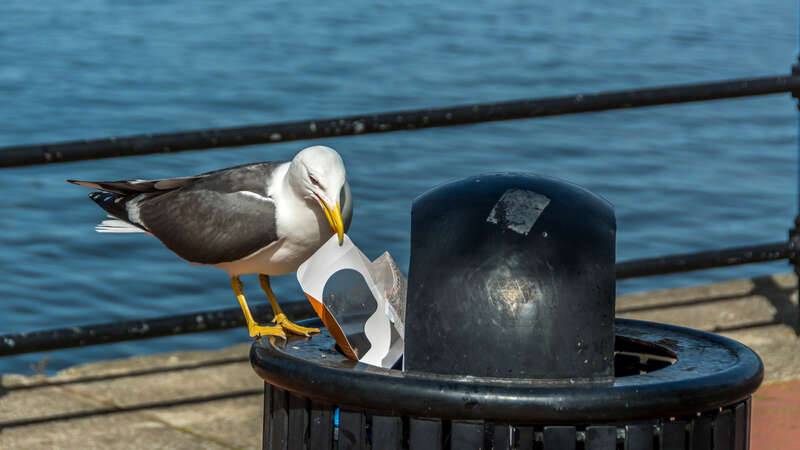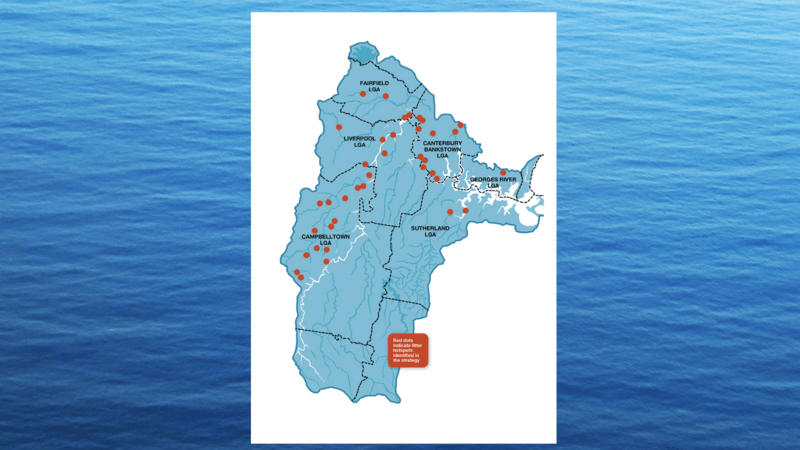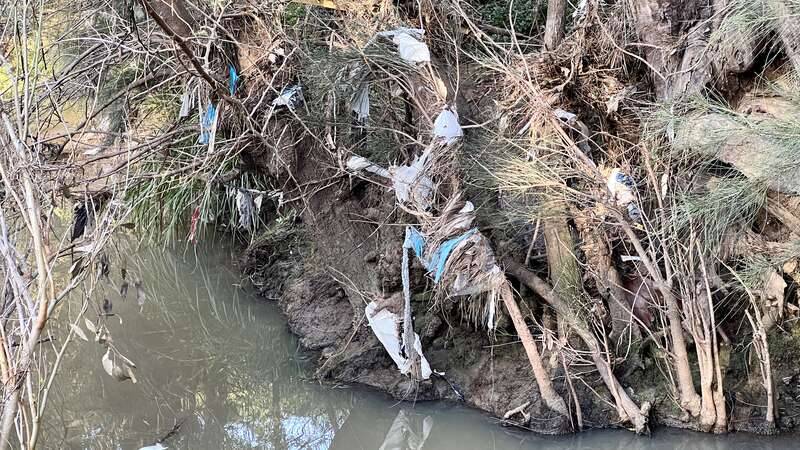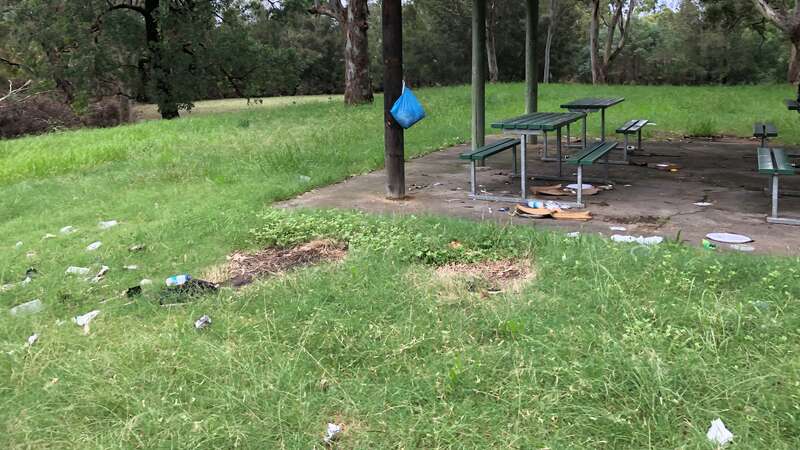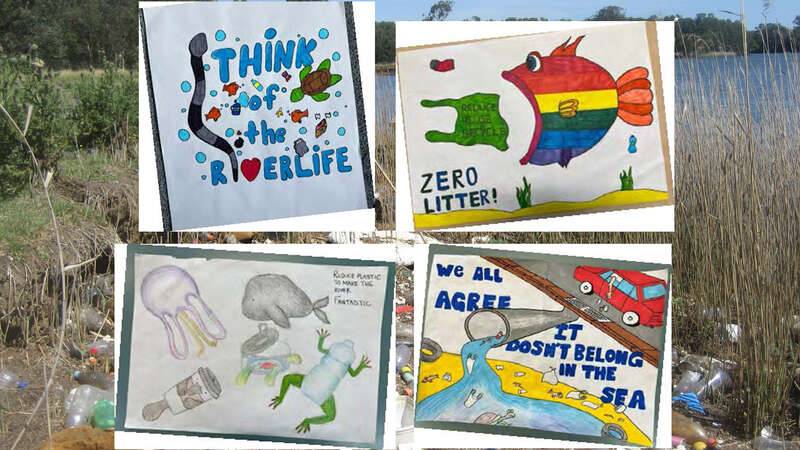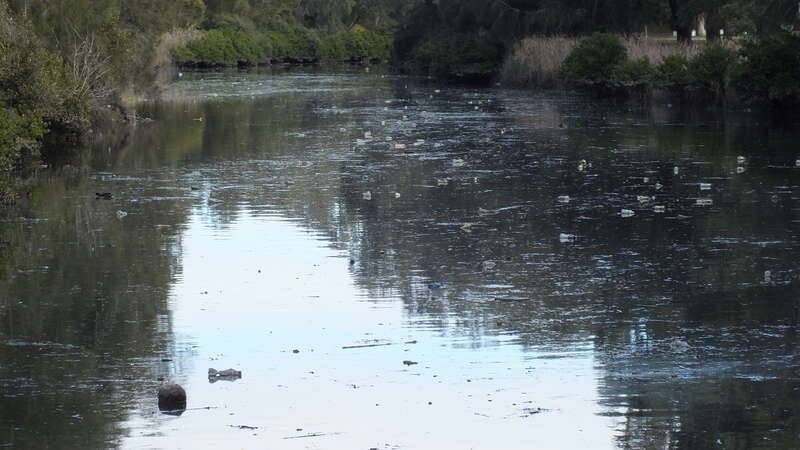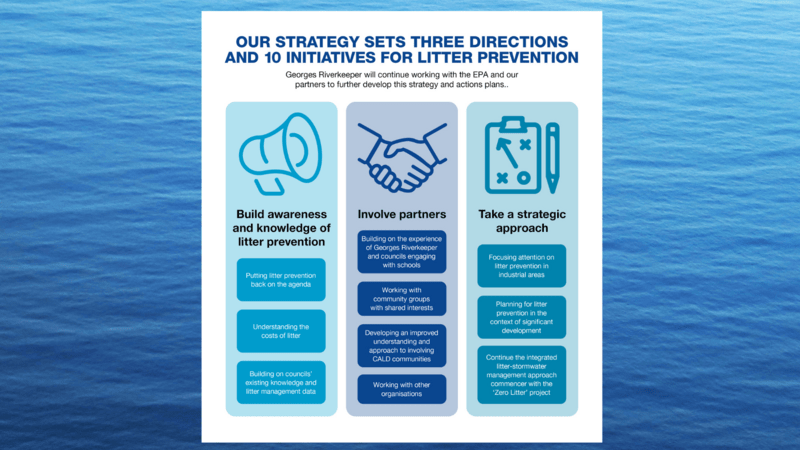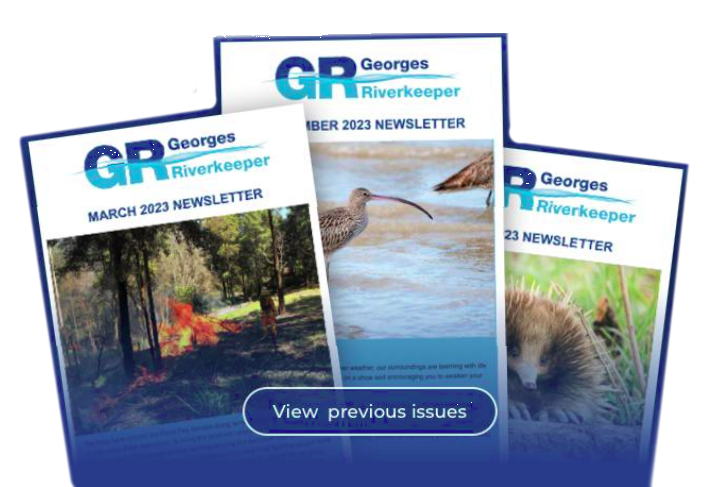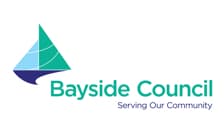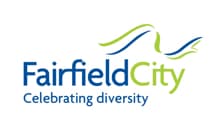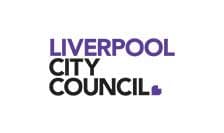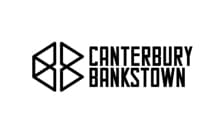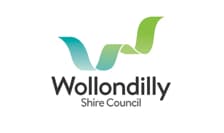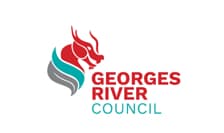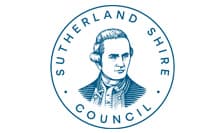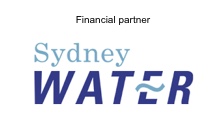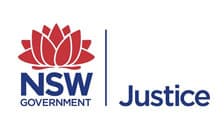Georges River Litter Prevention Strategy Snapshot
Litter, particularly plastic, is a major contributor to pollution in the Georges River. To address this important issue, Georges Riverkeeper collaborated with six councils and two community groups in 2022 and 2023, with funding from the NSW Environment Protection Authority (EPA), to develop a strategy to prevent litter from entering the river in the first place.
What types of litter end up in the river?
Through Conservation Volunteers Australia's extensive audit in 2021, involving 78 dedicated participants, they examined 9,546 pieces of litter and removed a staggering 349 kilograms. The results revealed that an alarming 90% of all items found in the river were plastics. Among the top 10 culprits were food wrappers, hard plastic fragments, bottle caps, soft plastic remnants, straws, polystyrene, bags, food packaging, cigarette butts, and lollipop sticks or ear buds.
How litter gets in the river
Understanding how litter finds its way into the river is crucial. Stormwater runoff plays a significant role in transporting litter from various areas of the catchment into the Georges River. Once inside the river, substantial amounts accumulate along the river's edges, particularly in mangroves and salt marsh areas. Additionally, several human and non-human factors contribute to litter spreading, such as dumped rubbish, overfull bins, wildlife rummaging, rainwater runoff, passing traffic, littering behaviour, wind, and major public events.
Where is litter a problem?
Identifying problem areas helps us target our efforts more effectively. Industrial areas, parks, carparks, and roads have been identified by local councils as hotspots for litter deposition in the catchment. Likewise, specific areas within the river experience higher levels of litter accumulation.
Why is litter prevention important?
Litter prevention is of paramount importance, considering its persistent and harmful effects on our environment. By focusing on prevention, we can not only reduce costs associated with clean-up but also minimize the devastating impacts litter has on our community. From diminishing the overall liveability of our surroundings to endangering wildlife and incurring significant financial burdens, the negative consequences of litter pollution cannot be underestimated.
How can we prevent litter?
Litter is a complex issue, there is no silver bullet to prevent it ending up in the environment. The EPA has come up with seven key approaches for litter prevention which governments, businesses, organisations and the community can implement.
1. Source control: Addressing the root causes of litter by encouraging responsible production and consumption practices.
2. Diversion to a circular economy: Promoting the transition from a linear model to a circular economy, where waste is minimised and materials are reused or recycled.
3. Education, awareness, and engagement: Empowering individuals and communities through education campaigns, raising awareness, and fostering active participation.
4. Regulation and enforcement: Implementing robust regulations and enforcing them to discourage littering behaviour.
5. Infrastructure and clean-up: Developing and maintaining appropriate infrastructure, such as bins and recycling facilities, while organising regular clean-up initiatives.
6. Targeted programs to stop litter dispersal: Launching specialised programs to tackle specific sources or types of litter.
7. Monitoring, evaluation, and research: Continuously assessing the effectiveness of our strategies, monitoring litter levels, and conducting research to inform future initiatives.
The figure below includes some litter prevention initiatives occurring in the Georges River catchment.
Our Strategy
Our strategy encompasses three core directions and ten key initiatives aimed at preventing litter from polluting the Georges River. Georges Riverkeeper remains committed to working closely with the Environment Protection Agency and our valued partners to further refine and implement this strategy through comprehensive action plans.
Want to know more?
If you're interested in learning about the development process behind this strategy, we encourage you to read more here.
If you want a copy of our Georges River Litter Prevention Strategy Snapshot, you can download it here.
If you want to read the full Georges River Litter Prevention Strategy document, click here.

